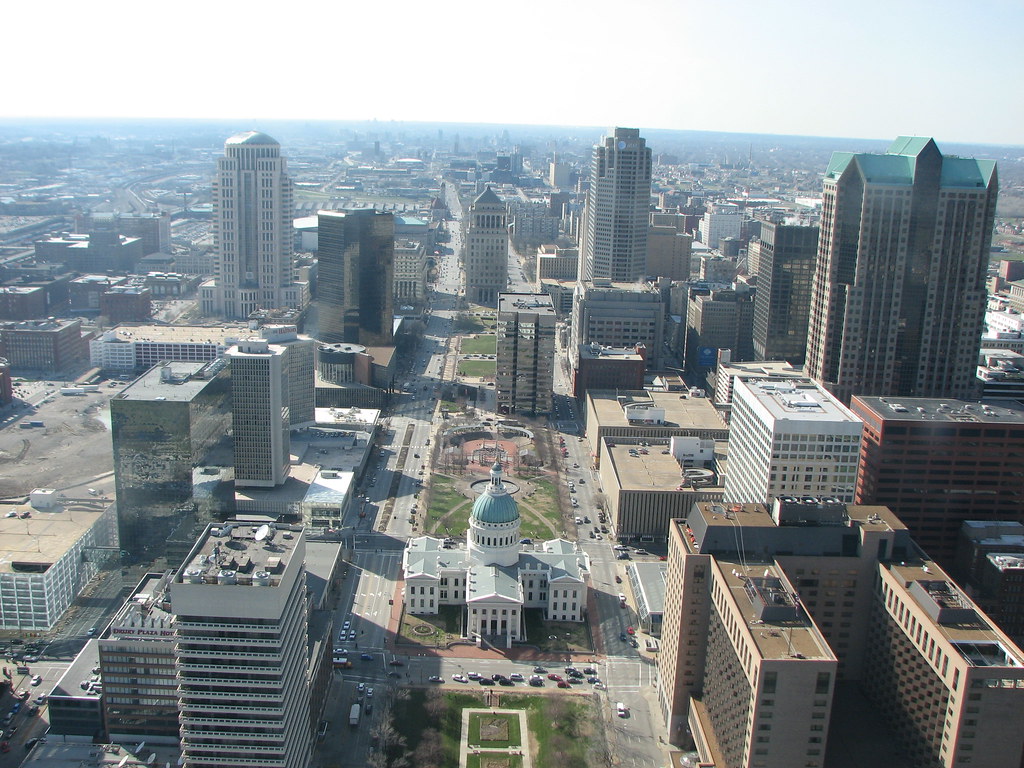While overall crime rates are falling, in major U.S. cities the untold story is that crime is now more concentrated among the underclass. For example, The New York Times ran a story of the concentration of crime in the city of St. Louis to show the reality of this trend. St. Louis, like many other cities, is highly divided by race and class, demonstrated in the city’s crime statistics. The highest crime areas are also the areas that are predominantly black and lower-class. The story of how this decline came to be is quite complex, but one thing the Times story gets right is that these neighborhoods declined sharply when the middle class moved out to the suburbs. The article recounts the experience of one of the residents:
Ms. Gordon has seen a diverse middle-class neighborhood of white and black families transform into one of abandoned, overgrown lots and boarded-up houses. As in many downtrodden parts of St. Louis, the middle class fled for the suburbs, leaving behind those with less economic mobility and causing property values to drop, the education system to crumble and feeding a sense of desperation that leads people to sell drugs and steal.
The most stabilizing group of residents in inner-city communities has always been the black middle class. During the era of racial segregation, it was the black middle class that stabilized many of these communities as blacks migrated from the South to the northern cities after World War II. Many of these neighborhoods have had low-income residents for decades but they did not have the same social pathologies and economic degradation that we find in the northern sections of St. Louis. Without a resurgence of the black middle class, their virtues, and their values, it is unlikely that these neighborhoods will stabilize in the near future.
Beginning in the late 1960s through the early 1990s there was a massive departure of middle-class blacks to the suburbs to take advantage of new opportunities. Who can blame them? The best jobs and schools were no longer in their inner-city neighborhoods, so the black middle class did what anyone else would do: move. Unfortunately, when the black middle class left they took all of their socially-stabilizing institutions and presence with them. Many black churches moved to the suburbs or many middle-class church goers simply commuted into their old neighborhoods to attend church on Sunday. The best black teachers put their own children in suburban school districts and or in private schools (or pursued new employment opportunities in better school districts themselves) so the interest in the quality of education in urban districts declined. Black participation in organizations like the YMCA, the Boy Scouts, and various sportsmanship- and achievement-related organizations began to congregate in the suburbs. Black male and female role models were no longer in contact with disadvantaged kids, and a spirit of solidarity to overcome the legacies of systemic injustice left these neighborhoods. What remained, sadly, was the black underclass: an underclass that became increasingly fatherless, dependent on the social assistance state, and hopeless. An underclass with no vision for what it could be.
The black middle class infused these neighborhoods with the types of virtues and values–such as an emphasis on marriage and family as the birthplace of achievement and success–that are desperately needed today. The keys to success that catapulted the black middle class in the 1970s through the 1990s were faith, family, and opportunity. Without these three essentials, sections of St. Louis and other cities shackled by concentrated crime will remain mere isolated pockets where police and social workers manage social dysfunction. Without the requisite moral formation, high marriage rates, and employment opportunities, the black underclass will be a permanent reminder of the nation’s failure to free up society’s mediating institutions to do what they do best.
“Downtown St Louis” by Kevin.Ward is licensed under CC BY-SA 2.0
